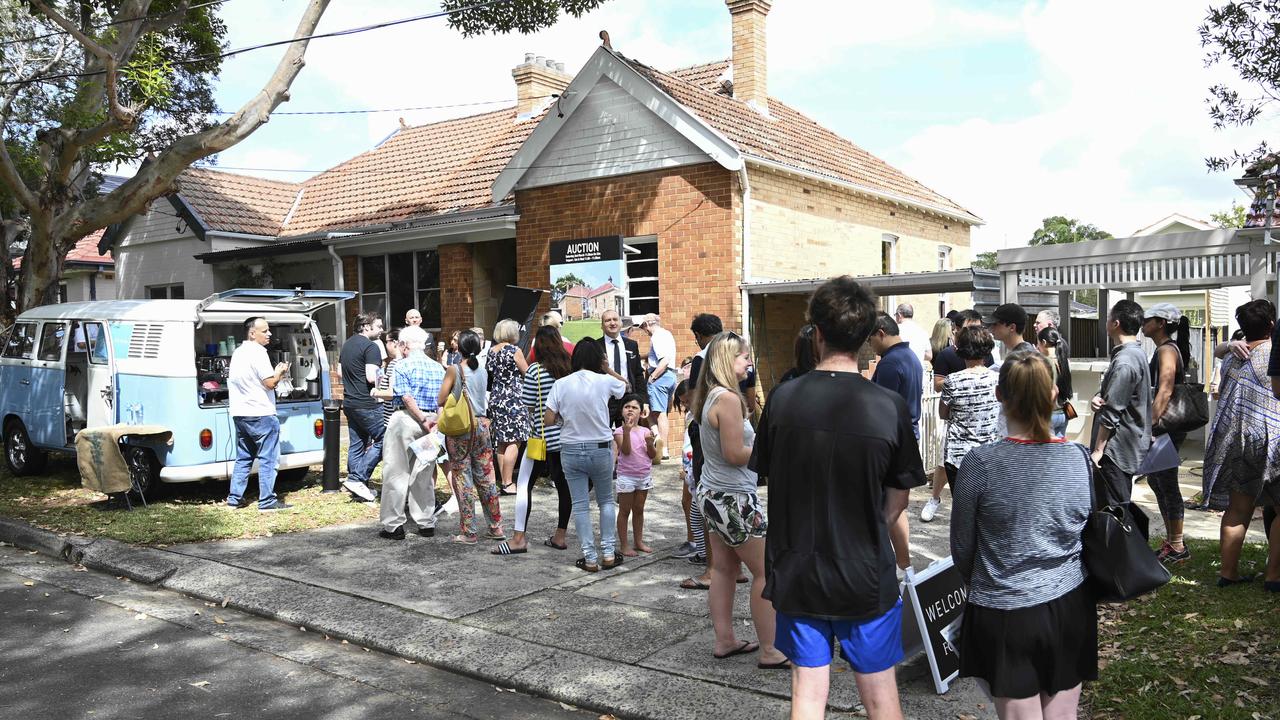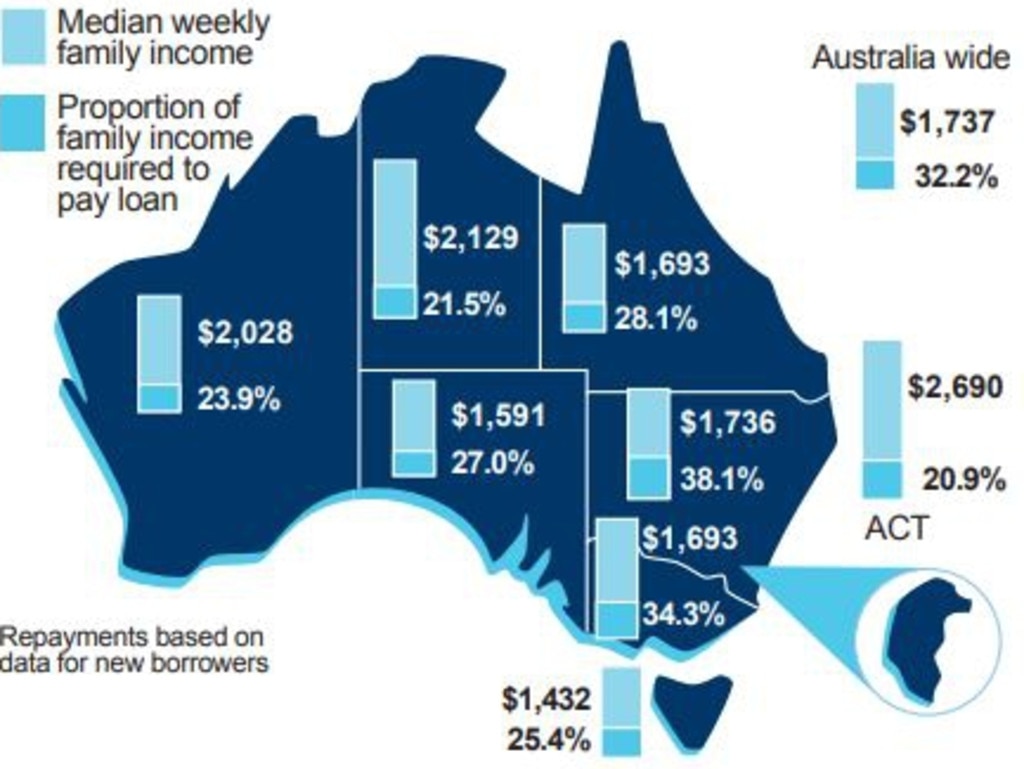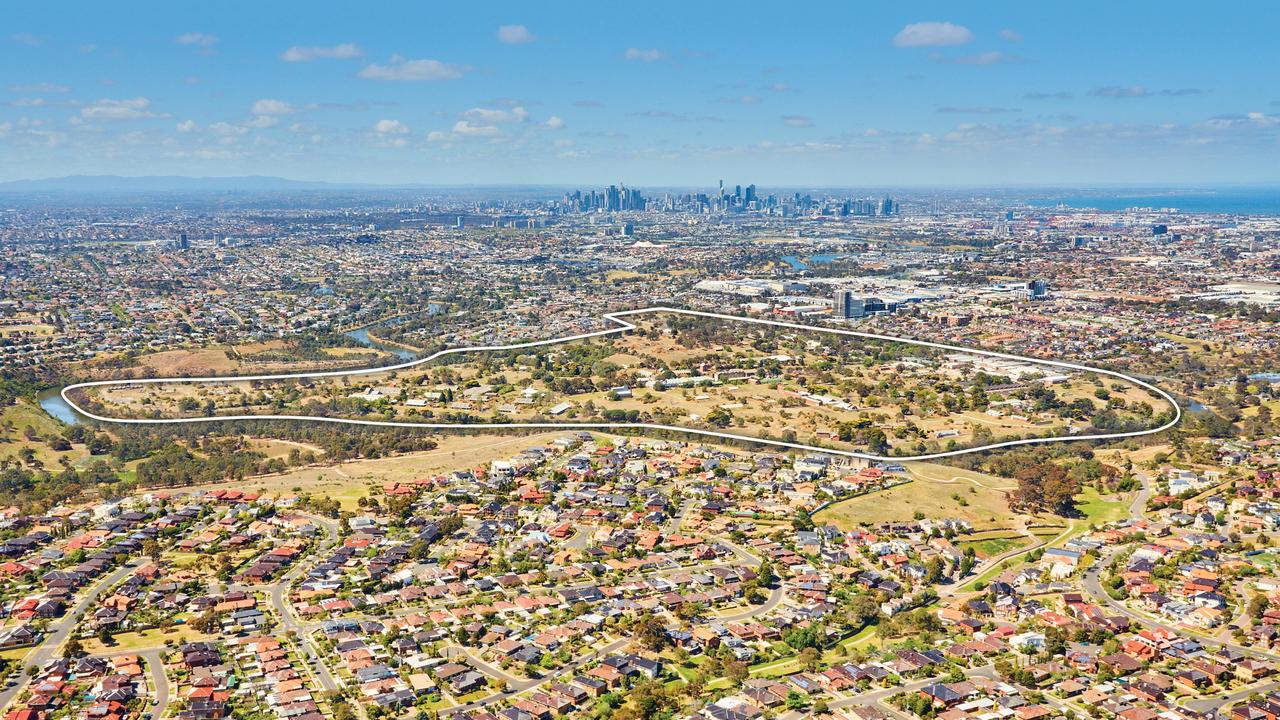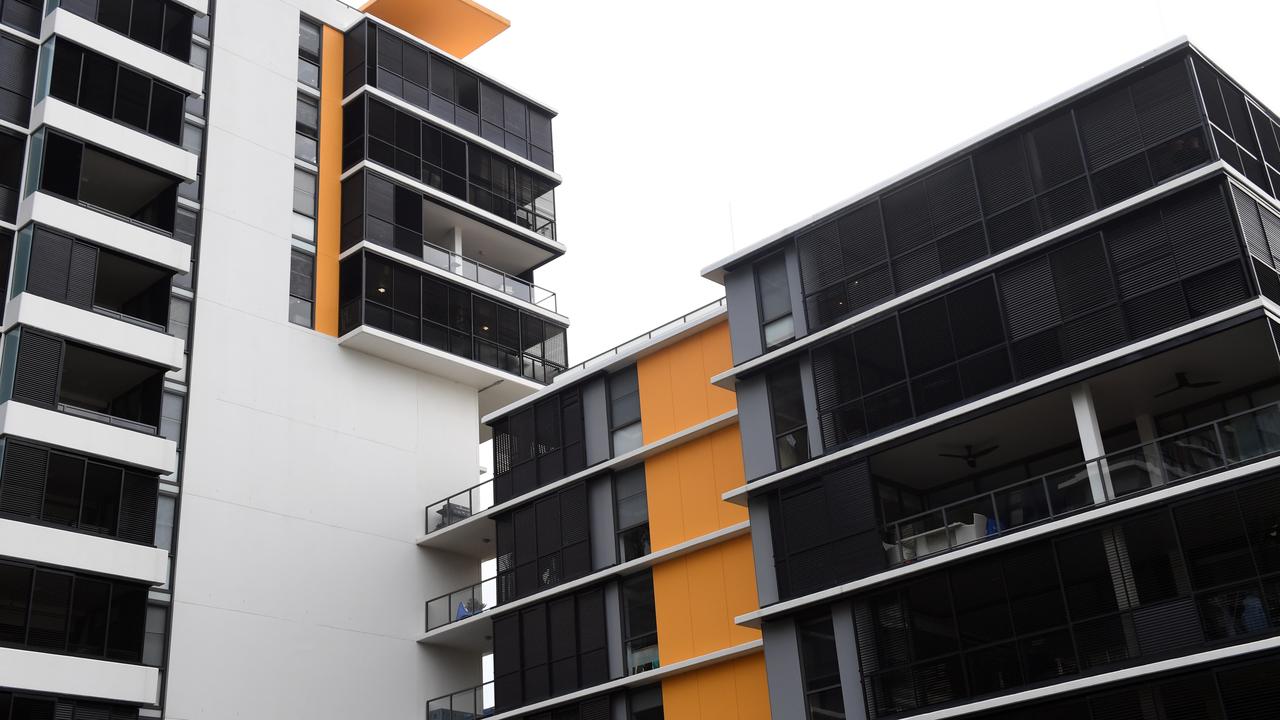Housing explainer: Labor and Coalition policies on negative gearing and capital gains tax
House prices are plummeting and many are scared of Labor’s negative gearing policy driving it down even further. Should we be worried?
There seems to be a new report every week about how bad the housing price crash is in Australia, and there are fears it could drop even further if Labor is elected.
The Morrison Government has previously said Labor’s negative gearing policy would be a “sledgehammer” to the housing market.
But is this actually true?
A Freedom of Information request revealed last week that Treasury disagreed with the Government’s comments.
“We did not say that the proposed policies ‘will’ reduce house prices. We said that they ‘could’ put downward pressure on house prices in the short-term depending on what else was going on in the market at the time,” a fact-checking email said.
It added: “In the long-term they were unlikely to have much impact.”
However, Treasury has warned “the proposed policy change could be particularly problematic if it coincides with weakness in the housing market”.
The Government has rightly pointed out the market is weak. There has now been 17 consecutive months of declines.
CoreLogic data released on Friday showed house prices in Sydney and Melbourne fell another 1 per cent in February to bring their annual declines to 10.4 per cent and 9.1 per cent respectively. Overall prices have dropped by 13.2 per cent and 9.6 per cent from their respective peaks in July and November 2017. The pain is not over as prices are expected to drop by a total of about 25 per cent from their peaks in 2017.
As experts have told news.com.au previously, there’s been a perfect storm of factors including restrictions on lending following the banking royal commission, and more changes are expected.
There is also the looming $120 billion rollover of interest-only to principal-and-interest repayments, “record unit supply, an 80 per cent or so collapse in foreign demand, questions about building quality following recent building problems”, Labor’s proposed tax changes and “falling prices feeding on themselves”.
It may seem like a bad time to tinker with housing policy.
But Grattan Institute chief executive officer John Daley told news.com.au the property industry thought it was always a bad time to implement changes.
Mr Daley has estimated Labor’s changes to negative gearing and capital gains tax would likely only bring down prices by about 1-2 per cent, which is a small amount compared to the total likely falls of up to 25 per cent.
“The effect is too small to distinguish from all the other things that are going on with house prices,” he said.
Interestingly, a Credit Suisse report released in February suggested many of the negatives from Labor’s policies had already been priced into housing and stocks.

“A lot of uncertainty and bad news is getting priced in today,” it said.
“We believe that many of the negatives from the ALP’s redistribution agenda are being priced into housing and stocks today.”
While timing of Labor’s policy could be bad and make the housing downturn worse, Credit Suisse believes this could be managed. If it did become a big enough concern the RBA could also cut rates.
Labor policies could mean house prices would hit bottom more quickly, but it also pointed out the party was generally more likely than the Coalition to introduce stimulus in non-housing sectors to keep the economy ticking over.
“The ALP plans to spend more on renewable energy, high-speed rail and telecommunications. Tax cuts are also a distinct possibility,” the report said.
COULD RENTS GO UP?
Mr Daley also dismissed suggestions rents could rise, saying the rental market just didn’t work that way.
He said just because the value of property fell, this didn’t mean landlords could increase rents as prices were always set by supply and demand.
“If you overpaid for a house, that doesn't mean you will succeed at putting up the rent,” he said.
It was also telling that groups like the Australian Council of Social Service (ACOSS) and the Tenants Union of NSW were supporting Labor’s reforms.
“You would have thought that if people’s rents were likely to go up, these groups would be jumping up and down about it but they’re not, they support the changes,” Mr Daley said.
Mr Daley said it was true the changes would make it less attractive to invest in property, but that didn’t mean it was a bad policy.
He said it was worth remembering people who stood to gain from Labor’s policy were those who did not negatively gear property, and this made up about 90 per cent of taxpayers.
Labor estimates its package will improve the Budget bottom line by $32.1 billion over 10 years.
“The $3-$4 billion a year the government will save could go to tax cuts or pay for hospitals or schools,” Mr Daley said.
“Some people will pay more tax — and you can see why they don’t like that — but if changes to negative gearing and capital gains tax are introduced, it means other taxes can be lower.”

IMMIGRATION IS A FACTOR
Credit Suisse has noted the Coalition’s promise to cut the annual migration cap was also an anti-housing policy because it slows population growth.
While the Coalition has not said how much it plans to reduce immigration, the NSW Liberal National Party has said it would like to more than halve population growth in the state. Prime Minister Scott Morrison has said he would be happy to be guided by the states on this matter.
Interestingly, Labor seems happy to maintain high levels of immigration, and this will partly offset the impact of its housing tax policies.
This week Reserve Bank of Australia governor Philip Lowe also pointed to the link between immigration and higher house prices.
He noted there was just not enough homes to meet the sudden spikes in demand from a growing population.
“It took time to plan, to obtain council approvals, to arrange finance and to build the new homes. Not surprisingly, house prices went up,” Dr Lowe said.
But supply has now caught up and prices have started to fall.
LIBERAL POLICY: HOUSING AFFORDABILITY
As part of the 2017/18 Budget, the Coalition announced a housing affordability plan that included helping first home buyers save a deposit through putting voluntary contributions into superannuation.
It also announced a new National Housing and Homelessness Agreement to work with states and territories to increase the supply of new housing. It included $375.3 million in funding to help people who were homeless and in need of crisis accommodation.
The Government established a $1 billion National Housing Infrastructure Facility to work with states and territories on funding deals with local governments for infrastructure so new homes and apartments could be developed.
Commonwealth land was also made available for housing development including 127 hectares of Defence land in the Melbourne suburb of Maribyrnong.

An annual charge of $5000 was applied to foreign owners of residential real estate if the property was not occupied or available on the rental market for at least six months of the year.
A cap on foreign ownership was introduced on new developments to keep buyers to 50 per cent of pre-approvals.
For those using the current negative gearing provisions, the Government also stopped allowing deductions for travel expenses and restricted plant and equipment depreciation deductions (for items that could easily be moved such as carpet and dishwashers) to what investors had actually spent.
Government incentives to boost affordable housing included giving private investors a 60 per cent discount on capital gains if they held the investment for a minimum of three years, set the rent at below market value and it was managed by a registered community housing provider.
Managed investment trusts were also given the ability to buy, build or redevelop affordable housing.
A new National Housing Finance and Investment Corporation was established to provide long-term, low-cost finance to community housing providers.
LABOR POLICY: NEGATIVE GEARING
Only about 10 per cent of taxpayers use negative gearing to claim a tax break — about 1.3 million people. You need to own an investment property and be working and paying tax in order to benefit from this.
Basically, in situations where the income you get from your property (for example, from rent) does not cover the costs (such as loan repayments), you can claim a tax deduction.
For example, if your loan repayments are $10,000 more than the rent you get from the property, you can reduce your taxable income by $10,000. For someone who is earning $130,000, their taxable income will now be $120,000. They pay tax on this lower amount, and this saves them about $3700.
Labor’s changes will restrict this tax break to those who invest in new properties.
However, Labor has not set a date for when this change will happen. It’s expected to be sometime after the election.
It has also said that anyone with investments made before this date will not be affected.
So, if you already have an investment property you will not be impacted.

LABOR POLICY: CAPITAL GAINS TAX
When you make money from selling your investment property you are taxed on the profit.
Normally, people are taxed at their marginal rate. So, if you earn $190,000 you would be charged 47c on the dollar. But the capital gains tax rule allows you to get a 50 per cent discount as long as you have owned the asset for more than a year.
It’s also worth noting that you don’t pay tax at all if it’s your main residence. This discount only applies to investment properties.
For example, if you sell the property for $150,000 more than what you bought it for and you would normally be charged 47c in tax, this would effectively be reduced to 23.5c. This is because the accessible income would be discounted by 50 per cent, reducing it from $150,000 to $75,000.
Labor plans to reduce this discount from 50 per cent to 25 per cent.
Labor has not set a date for when this change will happen, but it will be some time after the federal election, expected in May.
Anyone who had investments before this date will not be impacted by this change.
It also won’t impact those with investments made by superannuation funds, and the policy won’t change for those with small business assets.
Continue the conversation @charischang2 | charis.chang@news.com.au




